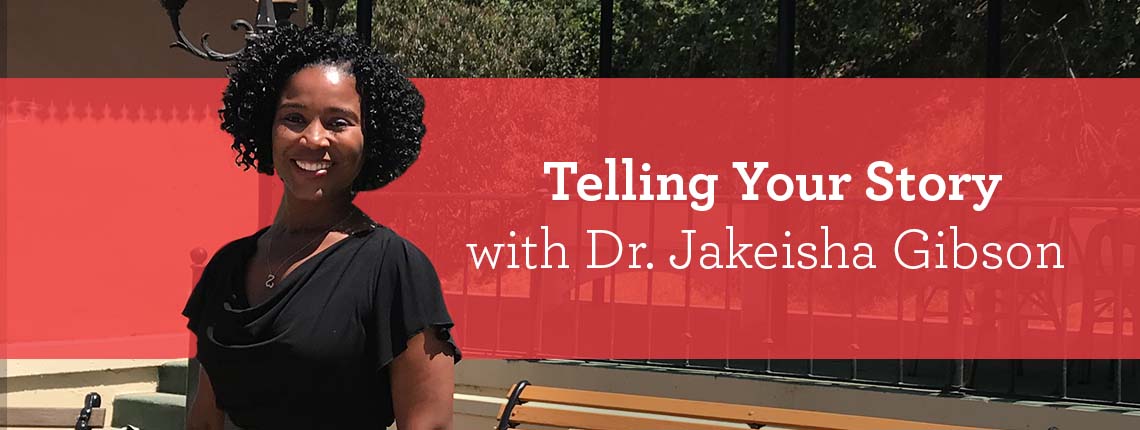Telling the story of your classroom can be overwhelming. You spend most of your time in the classroom, thinking about your students, or lesson planning. You can talk about your profession for hours, but how do you distill the most important information into a few paragraphs?
Crafting a donation ask can be hard, but it doesn’t have to be. Here are five tips that will help you get started on your very first request, or revise what you’ve already written.
Be succinct and specific, tell a story of “one.” The most compelling stories connect us to another person on an individual level. In order to connect with potential donors, tell a story of “one” rather than many. To do this, pick a student who reinforced why teaching is your passion, or draw on a direct experience from your own life. If it drives your love for teaching it will drive your donors.
Here are a few questions to get you started:
- How does lack of funding impact the life of one of your students?
- What does that student worry about and struggle with?
- What possibilities would open up if this student had everything they deserved?
- How does lack of funding impact you on a personal level, emotionally or financially?
Establish urgency. AdoptAClassroom.org established urgency for you with a time-limited donation match for Teacher Appreciation Week (learn more here). Let your friends, family, and connections know that their gift will go twice as far to help your students if they give now. Include the dates and send out a “Last Chance!” reminder when donation matches are running low.
You can establish urgency any time of the year by setting a goal for what you need and when you need it.
What do you need and why? If you haven’t already, take a look at our Fundraising Plan Checklist for tips on creating a realistic goal. You’re an expert on what your students need, but your donors may have never heard of “flexible seating” or “high/low books.” A brief explanation of what you need and how it helps goes a long way.
What struggles do you and your students face without these supplies? Here is where you “tell a story of one.” You don’t want to guilt your donors, but it’s important to be candid. If your students don’t have the supplies they deserve to succeed in school, explain how this creates stress, low performance, or unpreparedness. If you can, tell the story of one student who would benefit the most. Be sure to maintain their privacy.
What will happen if you meet your goal? End on a high note to get everyone energized to help! Invite your donors to imagine with you what possibilities would open up if your students had everything they deserved. Their gift is a small but important step in making that happen. Identify concrete improvements you can anticipate after you meet your goal and get the supplies you need.
Check out my Fundraising Plan Checklist for more tips on preparing for fundraising opportunities.
Do you have a specific question or topic you want to learn more about? Connect with AdoptAClassrom.org and other educators on Facebook in their teachers only Facebook group, The Teachers’ Lounge.
